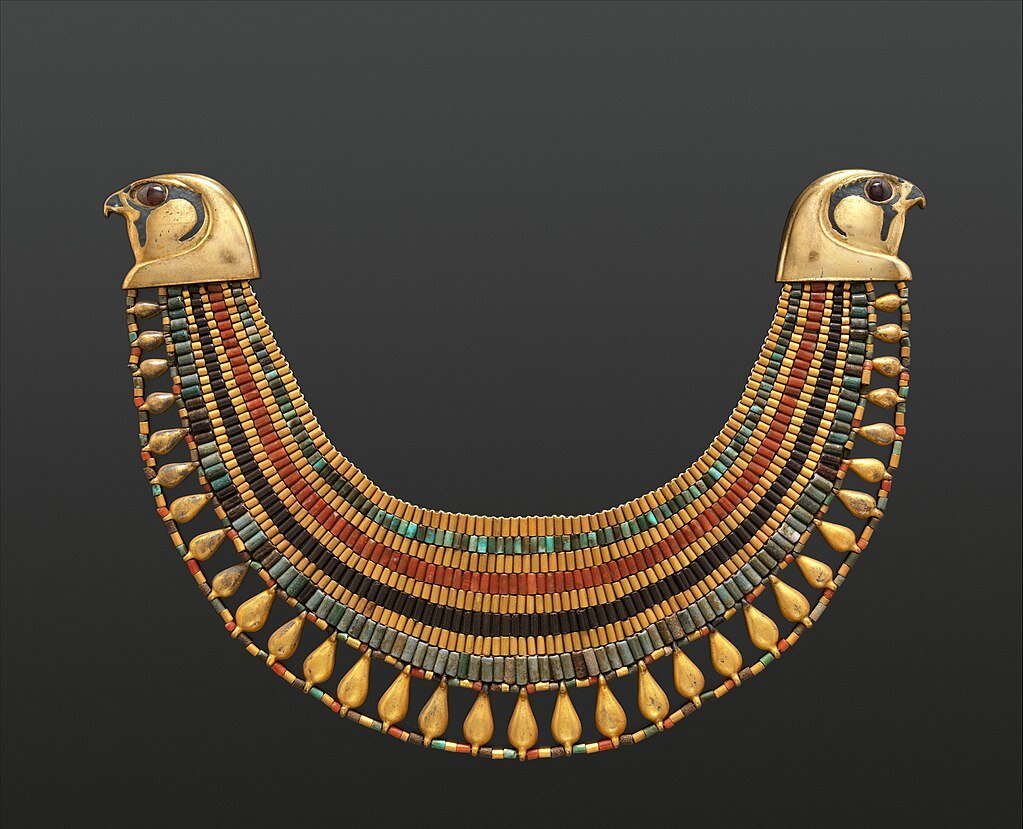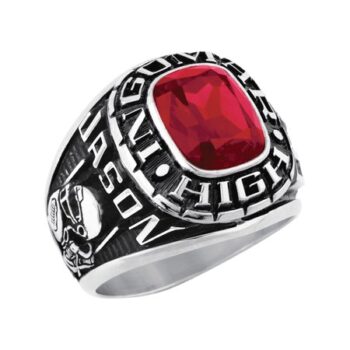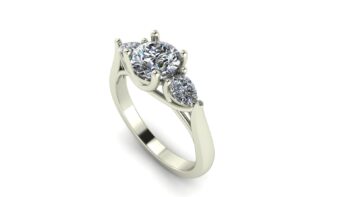To learn about the History Of Jewelry, we must go back thousands of years before recorded history. Jewelry artifacts have been discovered that have been dated as far back the ice age. However, jewelry was mainly made from organic materials at that time. Consequently, most of it didn’t survive the elements. What has been found was preserved in some way by being frozen or encased in an oxygen poor environment. We don’t really find jewelry as we know it until around 3500BC, when the technology allowed for metal to be incorporated with the gemstones, beads and shells.
In this post we will discuss the history of jewelry, where it was made, and who wore it. We will also look at the ancient superpowers, whose cultures flourished while creating stunning pieces for the time.
What Is Jewelry?
The word “jewelry” has its origins in the Old French word “jouel,” which means “ornament.” It first appeared in the English language in the 14th century. Jewelry refers to decorative items that are worn for personal adornment, such as necklaces, bracelets, rings, and earrings. Throughout history, different cultures have developed their own unique styles and techniques for creating jewelry, using a variety of materials including precious metals, gemstones, and beads. Today, jewelry is not only a form of self-expression but also a symbol of status, love, and cultural identity.
Jewelry is a form of personal decoration that has been worn by humans for thousands of years. It was typically made from precious metals such as gold or silver, and often includes gemstones or other decorative materials. It is often worn as a way to express personal style, enhance one’s appearance, or signify social status. Whether it’s a simple pendant or an elaborate tiara, jewelry has the power to make a statement and add a touch of elegance to any outfit.
In addition to its aesthetic appeal, jewelry also holds symbolic meaning for many people. It can be given as a gift to mark special occasions such as birthdays, anniversaries, or graduations, and can serve as a reminder of cherished memories or loved ones. Some pieces of jewelry, such as wedding rings or family heirlooms, hold sentimental value and are passed down through generations.
Jewelry is not only a means of self-expression and a symbol of status, but it also has practical uses. For example, earrings can be used to hold eyeglasses in place, while brooches can be used to fasten clothing. Additionally, certain types of jewelry, such as amulets or talismans, are believed to possess protective or healing properties.
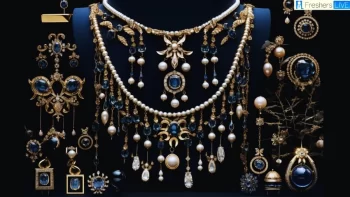
How Old Is The Oldest Jewelry & What Was It Used For?
Jewelry has been worn by humans for thousands of years. The earliest evidence of jewelry dates back to around 25,000 years ago during the Paleolithic period. At this time, jewelry was made from materials such as shells, bones, and stones. These natural materials were shaped and polished to create simple adornments like necklaces, bracelets, and earrings. As civilizations developed, so did the materials used to make jewelry.
Jewelry, in its earliest form, was used for a variety of purposes. The oldest known jewelry dates back to around 25,000 years ago, during the Paleolithic period. At that time, jewelry was primarily made from materials such as shells, bones, and stones.
One of the main purposes of jewelry in ancient times was for personal adornment. People would wear jewelry as a way to enhance their appearance and express their individuality. It was also used as a status symbol, with more elaborate and intricate pieces often being reserved for the wealthy and powerful.
In addition to personal adornment, jewelry also had cultural and religious significance. Many ancient civilizations believed that certain types of jewelry had protective or magical properties. For example, amulets and talismans were often worn as a form of protection against evil spirits or to bring good luck.
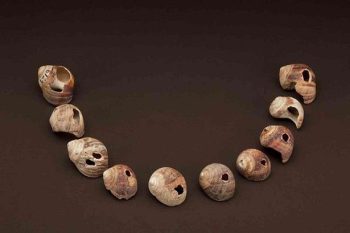
Jewelry In Mesopotamia
Jewelry played a significant role in the ancient civilization of Mesopotamia, now modern day Iran and Iraq. Pieces have been found in those areas that date back to 3500BC. The Mesopotamians were skilled craftsmen who created intricate and beautiful pieces using various materials such as gold, silver, and gemstones. Jewelry was not only worn for adornment but also held religious and symbolic meanings. It served as a status symbol, indicating wealth and social standing. The craftsmanship and artistry of Mesopotamian jewelry continue to inspire and captivate people today with their unique place in the history of jewelry
Gold was highly prized in Mesopotamia and was frequently used in jewelry making. The Mesopotamians had advanced goldsmithing techniques, allowing them to create delicate and intricate designs. They also used silver, which was more readily available and less expensive than gold. Gemstones such as lapis lazuli, carnelian, and agate were used to add color and vibrancy to the jewelry. These gemstones were often imported from distant lands, highlighting the extensive trade networks of the Mesopotamians.
In addition to its aesthetic appeal, jewelry in Mesopotamia had religious and symbolic significance. Amulets and talismans were commonly worn to ward off evil spirits and bring good fortune. Some jewelry pieces were also associated with specific deities and were believed to offer protection and blessings. For example, the crescent-shaped pendant, known as the “Ishtar’s Star,” was associated with the goddess Ishtar and was worn to invoke her protection and favor.
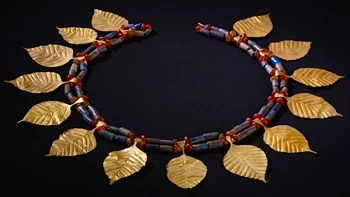
Ancient Egyptian Jewelry
Ancient Egyptian jewelry holds a significant place in the history of jewelry. Dating back to around 3000 BC, it reflects the rich cultural heritage and craftsmanship of this ancient civilization. Egyptians valued jewelry not only for its aesthetic appeal, but also for its symbolic and religious significance. The materials used in their jewelry included gold, silver, precious stones, and glass. The designs often featured intricate patterns, hieroglyphs, and motifs inspired by nature and mythology.
Gold was highly prized in ancient Egypt and was considered the metal of the gods. It was believed to have magical properties and was associated with the sun god Ra. Gold was used to create elaborate necklaces, bracelets, rings, and earrings. The Egyptians also used silver, although it was not as highly valued as gold. Precious stones such as lapis lazuli, turquoise, carnelian, and amethyst were used to add color and beauty to the jewelry.
The designs of ancient Egyptian jewelry were influenced by their religious beliefs and the natural world around them. Symbols such as the ankh, the Eye of Horus, and the scarab beetle were commonly used in jewelry to represent life, protection, and rebirth. The Egyptians also drew inspiration from animals, birds, and plants, incorporating their forms and patterns into their jewelry designs. The craftsmanship of ancient Egyptian jewelry was highly skilled, with intricate details and fine workmanship evident in every piece.
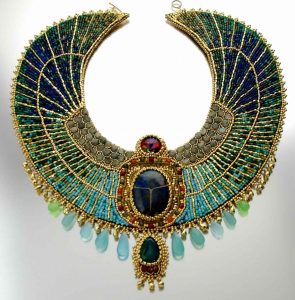
Ancient Greek Jewelry
Ancient Greek jewelry is a fascinating and intricate art form that has captivated people for centuries. Consequently, the history of jewelry would not be complete without mentioning the Greeks. The Greeks were skilled craftsmen who used a variety of materials, including gold, silver, and precious gemstones, to create stunning pieces of jewelry. These pieces were not only decorative, but also held symbolic and religious significance for the ancient Greeks.
One of the most iconic types of ancient Greek jewelry is the gold wreath. These wreaths were worn as crowns and were often adorned with leaves, flowers, and other natural motifs. They were typically worn by important individuals, such as kings and queens, and were a symbol of power and status.
Another popular type of ancient Greek jewelry is the fibula, or brooch. These decorative pins were used to fasten clothing and were often embellished with intricate designs and gemstones. Fibulae were not only functional, but also served as a form of personal expression and were often passed down through generations.
In addition to wreaths and fibulae, ancient Greek jewelry also included a wide range of other pieces, such as earrings, necklaces, and bracelets. These pieces were often adorned with intricate engravings and featured designs inspired by nature, mythology, and everyday life.
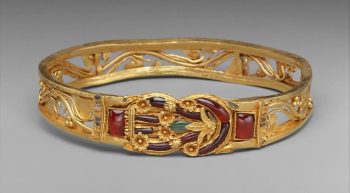
Roman Jewelry
Ancient Roman jewelry holds a significant place in the history of jewelry. Crafted with meticulous attention to detail, these exquisite pieces were not only symbols of wealth and status but also served as expressions of artistic and cultural identity. From intricate gold necklaces to delicate gemstone earrings, Roman jewelry showcased the craftsmanship and opulence of the era. The use of precious materials such as gold, silver, and gemstones, combined with intricate designs and motifs, made Roman jewelry highly coveted and sought after. Today, these timeless pieces continue to captivate and inspire, serving as a testament to the enduring beauty and craftsmanship of ancient Rome.
One of the most distinctive features of ancient Roman jewelry is its intricate designs and motifs. From delicate floral patterns to intricate animal motifs, Roman jewelry was adorned with a wide range of symbols and imagery. These designs were not only aesthetically pleasing but also held symbolic meanings. For example, the use of serpent motifs was associated with protection and fertility, while the depiction of gods and goddesses represented religious beliefs and devotion. The attention to detail and craftsmanship in these designs showcased the skill and creativity of Roman artisans.
In addition to its stunning designs, ancient Roman jewelry was also known for its use of precious materials. Gold, in particular, was highly valued and widely used in Roman jewelry. The use of gold not only added a touch of opulence but also symbolized wealth and status. Silver was another popular material, known for its durability and versatility. Gemstones such as emeralds, sapphires, and pearls were also used to add color and sparkle to the jewelry. These precious materials, combined with the intricate designs, made Roman jewelry truly exceptional.
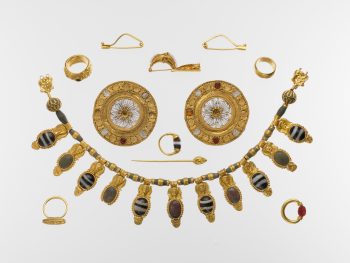
Jewelry In Medieval Europe
Jewelry in Medieval Europe was highly valued and served various purposes. It was worn by both men and women as a symbol of wealth, status, and power. The materials used for making jewelry included precious metals like gold and silver, as well as gemstones such as rubies, emeralds, and sapphires. Jewelry was often intricately designed and adorned with religious symbols, mythological figures, and intricate patterns. It was not only a fashion statement, but also had religious and cultural significance.
One of the most popular types of jewelry in Medieval Europe was the brooch. Brooches were worn by both men and women to fasten their garments, and were often elaborately decorated. They were made from precious metals and adorned with gemstones, pearls, and enamel work. Brooches were not only functional, but also served as a status symbol, with more intricate and expensive designs indicating higher social status.
Another popular type of jewelry was the pendant. Pendants were worn around the neck and were often made from gold or silver. They were typically adorned with gemstones or religious symbols, such as crosses or saints. Pendants were considered a form of personal adornment and were often given as gifts or passed down through generations.
In addition to brooches and pendants, rings were also commonly worn in Medieval Europe. Rings were made from gold or silver and often featured gemstones or engraved designs. They were worn by both men and women and were considered a symbol of wealth and power. Rings were not only worn for fashion, but also had practical uses, such as sealing documents or as a signet ring to authenticate official correspondence.
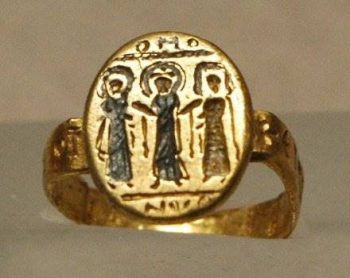
Jewelry In Early Modern Europe
The history of jewelry continues its rich and fascinating history in early modern Europe. During this time period, jewelry played a significant role in society, serving as a symbol of wealth, status, and personal adornment. The craftsmanship and artistry of jewelry during this era were highly valued, with intricate designs and precious materials being used to create exquisite pieces.
In early modern Europe, jewelry was primarily worn by the upper classes, including royalty, nobility, and the wealthy elite. It was often seen as a display of one’s social standing and was used to convey power and prestige. The types of jewelry worn varied depending on the individual’s gender, social status, and occasion. Women typically wore necklaces, earrings, bracelets, and rings, while men favored brooches, cufflinks, and rings.
The materials used in early modern European jewelry were diverse and included precious gemstones such as diamonds, rubies, and emeralds, as well as pearls, gold, and silver. The craftsmanship involved in creating these pieces was highly skilled, with jewelers employing techniques such as enameling, filigree, and gemstone setting to bring their designs to life. When you go through the history of jewelry chronologically, it is easy to see the advancements in the capabilities of jewelers.
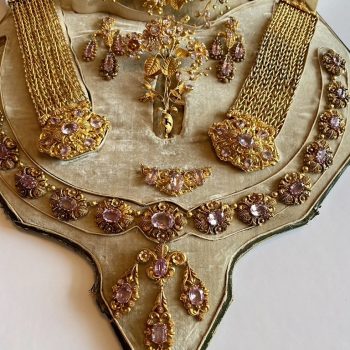
Jewelry Today
Since the discovery of metallurgy, nothing in the jewelry world has changed the jewelry landscape more than Computer Aided design, or CAD. It will forever hold a high place in the history of jewelry.
CAD, or computer-aided design, has revolutionized the jewelry industry in numerous ways. Firstly, it has significantly improved the design process. With CAD software, jewelers can create intricate and detailed designs with ease, allowing for greater creativity and precision. This has led to the production of more unique and visually stunning jewelry pieces.
Secondly, CAD has also streamlined the production process. By using CAD software, jewelers can quickly and accurately create 3D models of their designs, which can then be used to create molds for casting or to guide the production of jewelry using techniques such as laser cutting or 3D printing. This not only reduces the time it takes to create a piece of jewelry, but also minimizes the margin for error, resulting in higher quality end products.
Finally, CAD has also made custom jewelry more accessible to a wider audience. In the past, custom jewelry was often a luxury reserved for the wealthy, as it required skilled craftsmen to bring the design to life. However, with CAD, anyone can have a custom piece made to their specifications. Jewelers can easily modify existing designs or create entirely new ones, allowing customers to have a piece that is truly unique and personal.
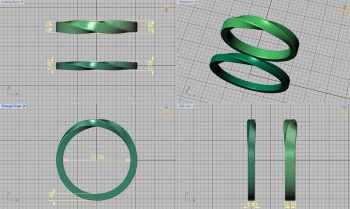
We Make Custom Jewelry
Custom Jewelry is all we do. That means your ring, pendant, etc, will be created using CAD and lost wax casting. We will source any stones specifically for your project as well. This means you will get exactly what you are looking for.
Click on the links to see out custom pendants and rings. Then, contact us with your idea.
